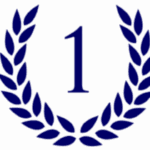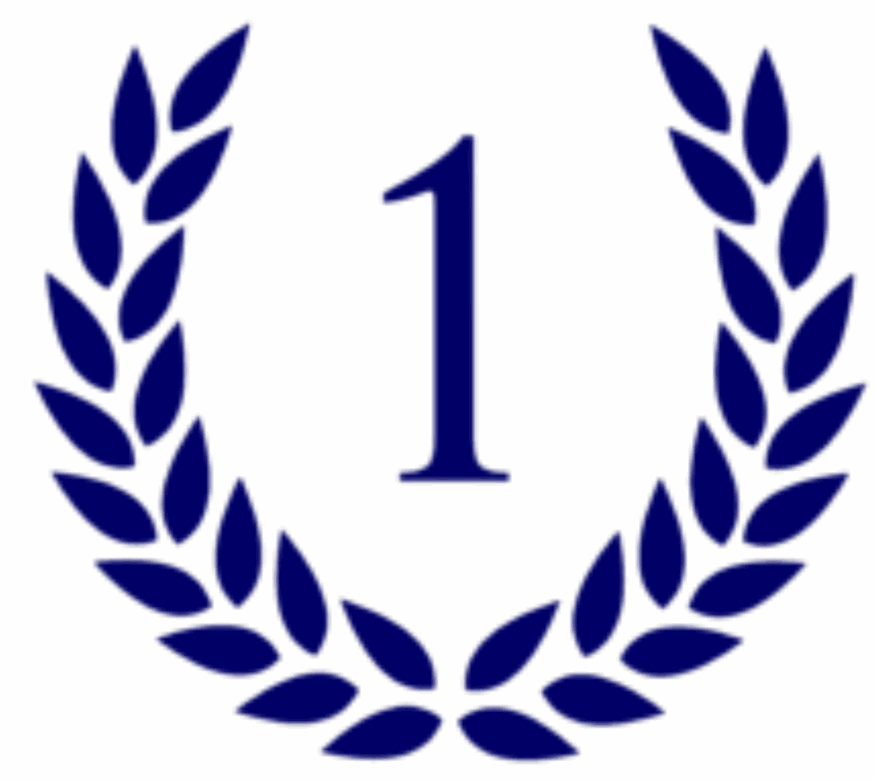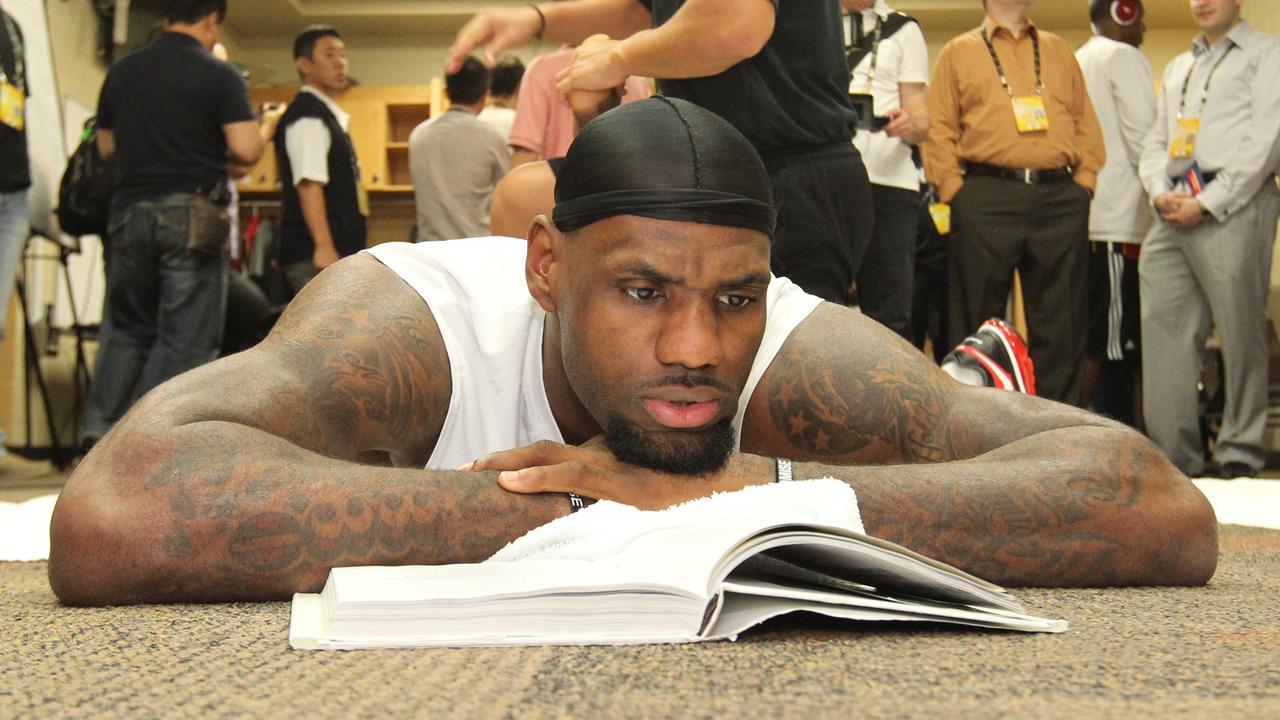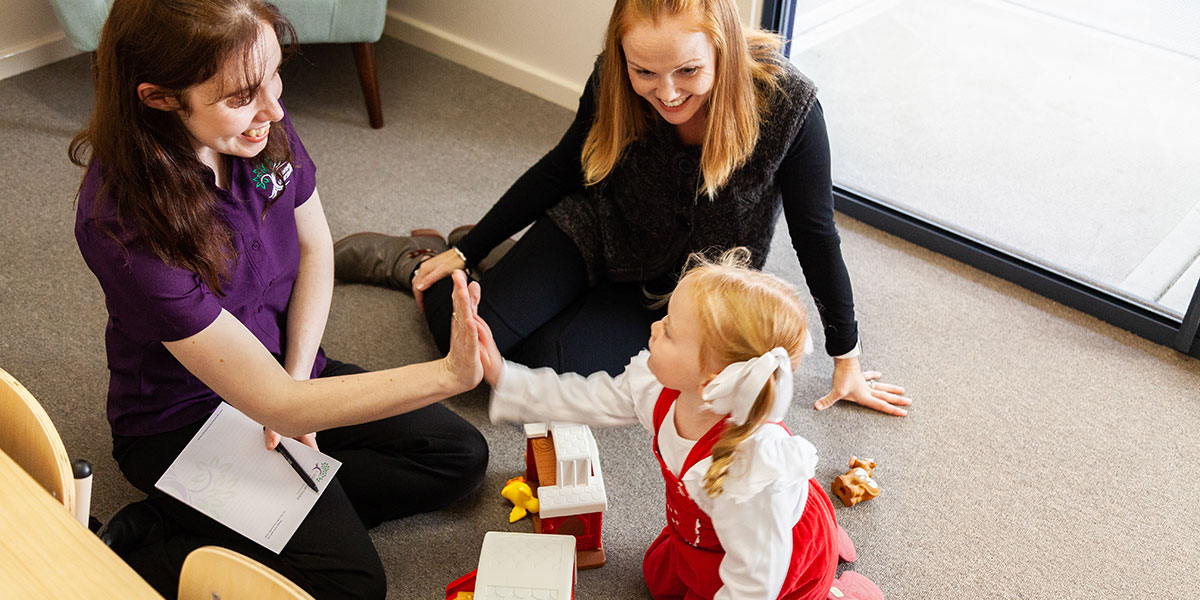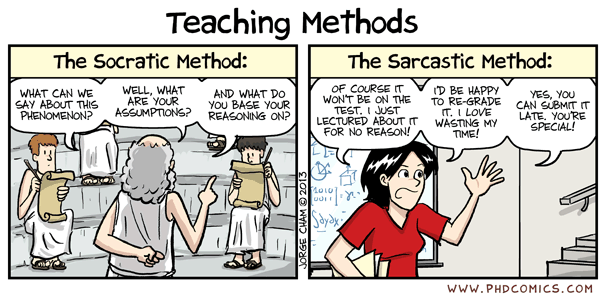
Recently, I had some time to research different methods of tutoring. One particular method that has reshaped the way I work with students is the Socratic method. Instead of giving answers directly, this approach focuses on asking thoughtful, guiding questions that help students uncover solutions on their own. It might sound simple, but it completely transforms the learning experience.
The Socratic method specifically relies on human curiosity. When a student makes a mistake, rather than correcting it immediately, I ask questions like, “What made you choose that step?” or “Does this result make sense with the question?” These prompts encourage students to pause, reflect, and become active participants in understanding their own thinking. Over time, they start asking themselves these questions naturally, and that’s where the real growth happens.
One of the biggest advantages of this method is that it builds confidence. Students don’t feel like they’re being lectured; instead, they feel like partners in a conversation. They learn that it’s okay not to know the answer right away, as long as they’re willing to think it through. This is especially powerful during high-pressure periods like exams, when the ability to reason independently becomes just as important as knowing the content.
The Socratic method also strengthens long-term retention. When students actively work through a problem, the solution sticks far better than if I simply explained it to them. They form mental connections, spot patterns, and develop problem-solving habits they can apply across subjects.
Overall, the Socratic method is about empowering students to trust their own minds. By turning each question into a gentle nudge rather than a direct instruction, tutoring becomes not just a transfer of knowledge but a way of teaching students how to think.
Katreen Diab
